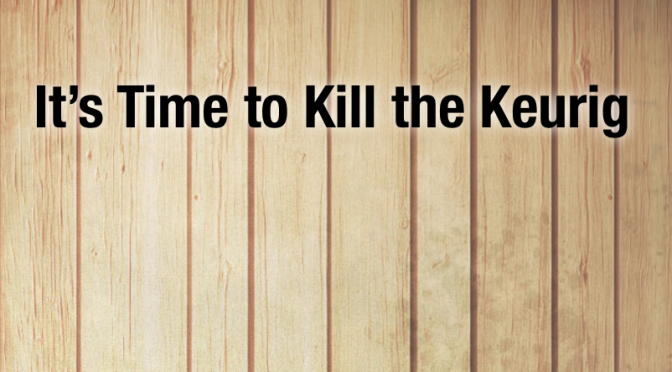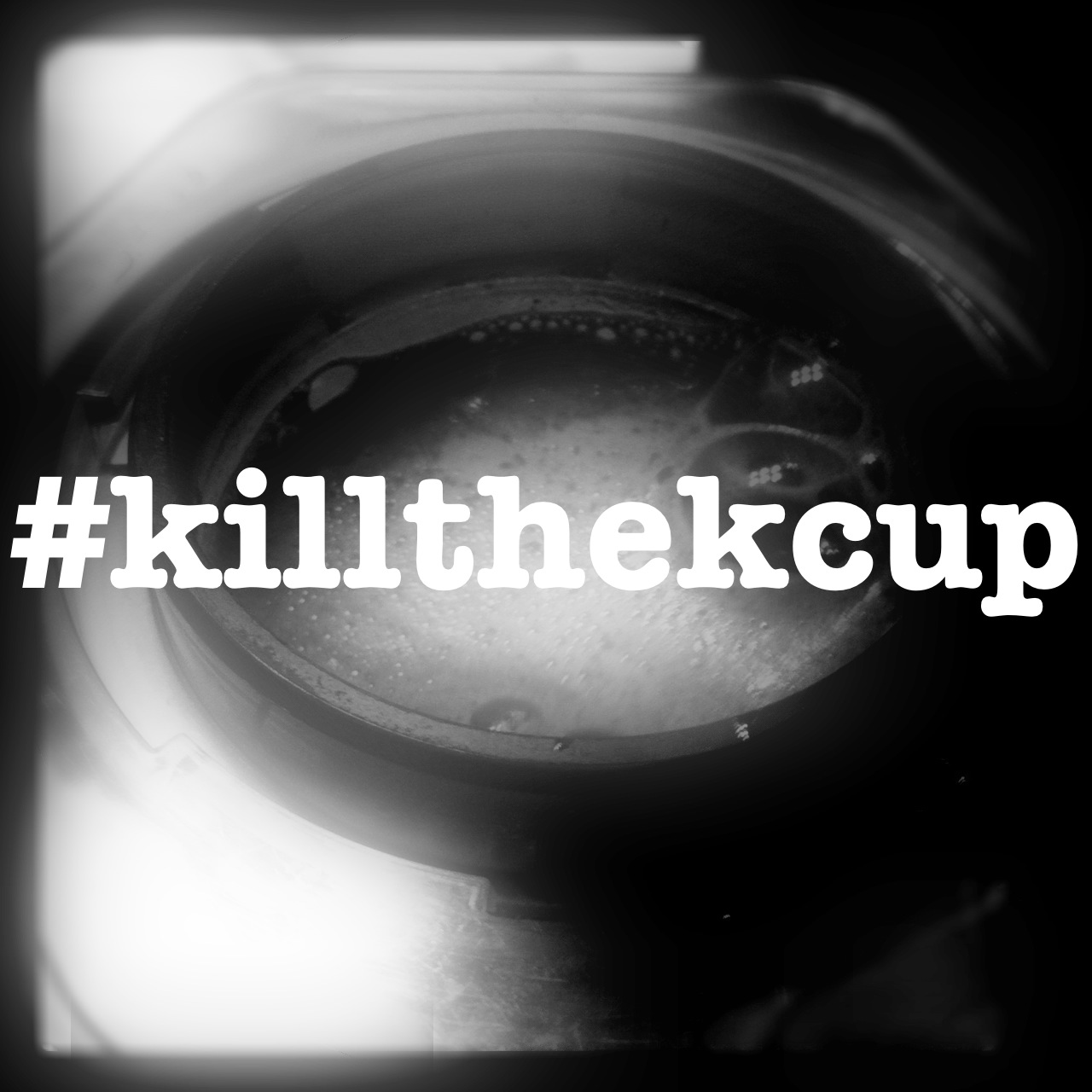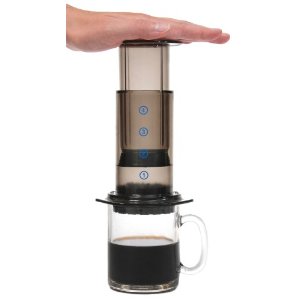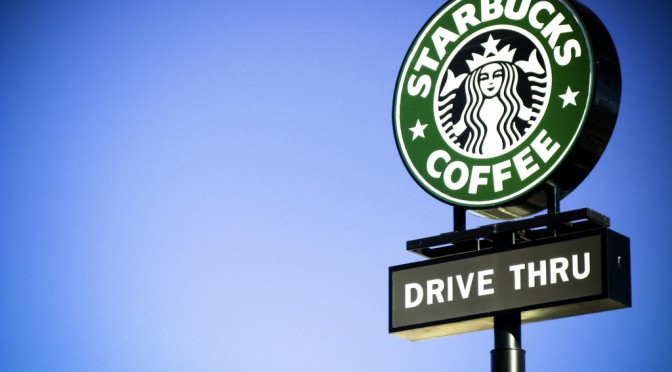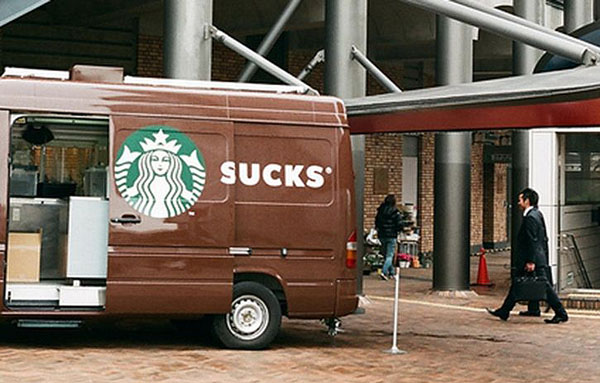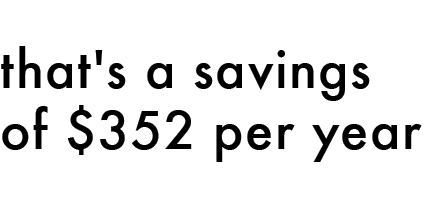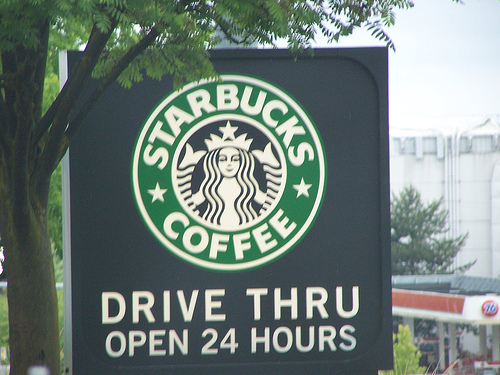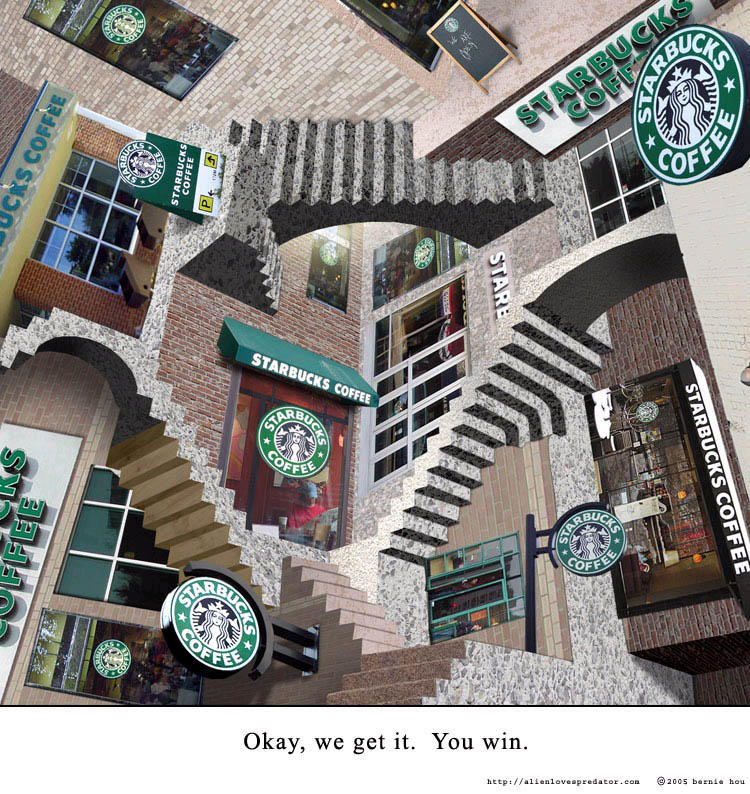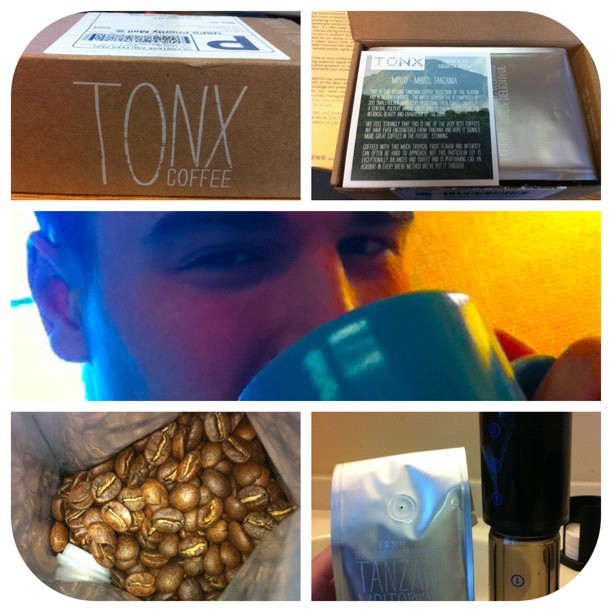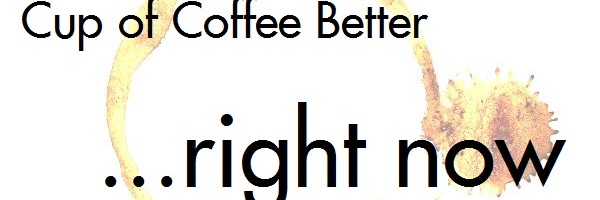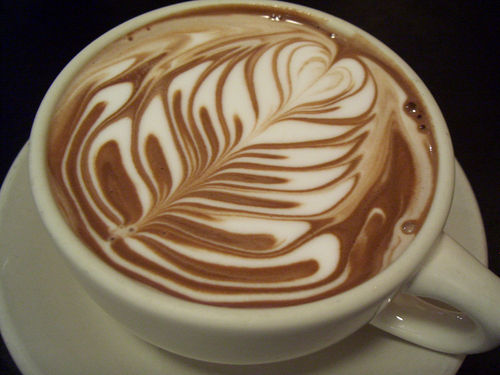If you’ve been following coffee news lately, you know that the new Keurig 2.0 system is receiving less than stelar reviews – and for good reason. Their new DRM system is making a lot of enemies with businesses that once supported the Keurig brand, and it’s prompting some people to go as far as hacking their coffee machines. I’ve never been a fan of K-cups: they brew weak coffee with stale beans, they are over-priced, and they are environmentally irresponsible.
With Black Friday approaching and the holiday season following close behind, I believe that it’s time to step up and voice our concerns with friends, family, and co-workers to keep these things out of homes and businesses. It’s time we step in to kill the Keurig.
To help with this, I’ve written a short essay and am distributing it as a PDF. I’ve embedded it below, and you can also click here to download it. I’ve included the introduction text in this post to give you a little taste.
Please share this with your friends on Facebook and tweet it. Send it to your favorite coffee shop. I didn’t put this together for blog hits or for exposure – I did it because I love the coffee community, and I hate seeing it tainted by overpriced, bad beans.
http://boisecoffee.org/wp-content/uploads/2014/11/Its-Time-to-Kill-the-Keurig-v2.pdf
———–
The process of getting a coffee bean from the plant to your mug is incredible. Expert growers spend their entire lives painstakingly cultivating their farms and creating relationships with distributors. Master roasters spend years practicing and alternating between degrees down to the decimal point to find the perfect temperature for their single origin and blended roasts. Baristas train and compete, taking great care and putting incredible effort into each and every cup that crosses their portafilters and pour-over cones. I have a huge amount of respect for the individuals that take part in this process daily.
The more I learn about the method and skill necessary to create high quality coffee, the deeper my resentment towards Keurig gets.
This short diatribe is primarily meant to be informational – as backwards as that sounds. As I’ve talked to people about Keurig, I’ve found that many folks like their coffee and the variety of options that they make available, but don’t know much about their coffee or what differentiates their machines from traditional brew methods. If that’s you, I beg you to read on. If you’re like me and dislike Keurig already, you’ll probably find yourself nodding along with my conclusions – I ask you to share this with your friends that fit into the first camp.
This essay contains three short chapters, and trust me when I say that each only scratches the surface of their respective topics. We’ll begin with history, then discuss math and money, and finally talk about the environment. I encourage you to do your own research on these topics as well.
In the sage words of Khan in the newest Star Trek film – “Now, shall we begin?”
Edit 11/20/14
This post has received a strong positive response with over 600 views and great discussion. Thank you for passing it around! I encourage you to continue to do so, especially as we get closer to Black Friday. #KilltheKCup
Edit 01/12/15
The campaign that this post and essay pushed is over, but I hope they both continue to shed light on why I believe Keurig is a less-than-stellar way to make coffee. Keep sharing the love!
